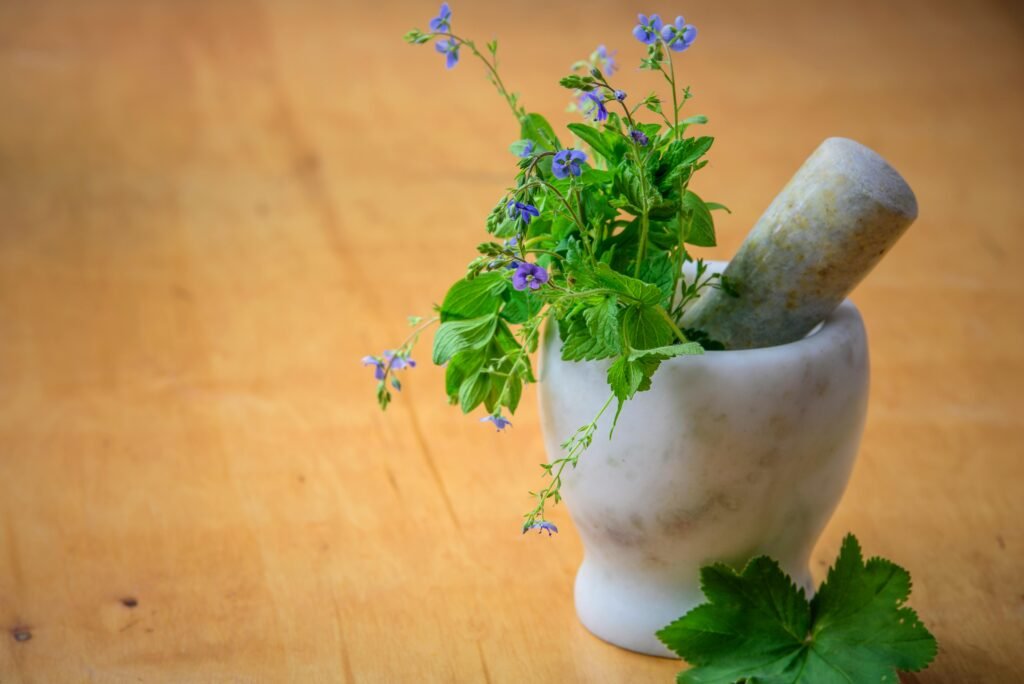Stress relief retreats have gained popularity as people seek respite from daily pressures and a peaceful environment to rejuvenate. These retreats offer an opportunity to disconnect from work, family, and technology, allowing individuals to reconnect with themselves and nature. Located in various settings such as mountains, coastal areas, or forests, stress relief retreats provide a calm atmosphere for relaxation, reflection, and personal well-being.
The primary objective of these retreats is to help participants alleviate tension, reduce anxiety, and foster inner peace through diverse activities, workshops, and holistic practices. These may include yoga, meditation, nature walks, and spa treatments, addressing mental, physical, and spiritual aspects of wellness. Stress relief retreats are beneficial for individuals seeking to maintain a balanced lifestyle, not just a luxury for a select few.
In today’s fast-paced society, chronic stress is a common issue that can lead to various health problems. Attending a stress relief retreat allows individuals to acquire valuable stress management techniques and prevent burnout. These retreats provide a supportive environment for participants to explore their inner selves, gain clarity on life goals, and develop self-awareness.
Whether facing work-related stress, relationship challenges, or general life demands, a stress relief retreat can offer a necessary break and a fresh perspective on life.
Key Takeaways
- Stress relief retreats offer a peaceful and rejuvenating environment to escape from the pressures of daily life and focus on self-care and relaxation.
- Escaping to serenity can lead to reduced stress, improved mental clarity, enhanced creativity, and a renewed sense of purpose and well-being.
- Retreats offer a variety of activities and workshops such as yoga, meditation, nature walks, art therapy, and mindfulness practices to help participants unwind and recharge.
- Testimonials and success stories from previous participants highlight the transformative and healing experiences that can be achieved through attending a stress relief retreat.
- To make the most of your retreat experience, it’s important to disconnect from technology, be open to new experiences, engage in self-reflection, and prioritize self-care and relaxation.
Benefits of Escaping to Serenity
Disconnecting from Technology, Reconnecting with Nature
One of the most significant advantages is the opportunity to unplug from technology and immerse oneself in nature. Studies have shown that spending time in natural settings can have a calming effect on the mind and body, reducing stress levels and promoting overall well-being.
Finding Relaxation and Mental Clarity
By disconnecting from the constant barrage of emails, social media notifications, and other digital distractions, participants can experience a profound sense of relaxation and mental clarity. This break from technology allows individuals to be fully present in the moment, fostering a deeper connection with themselves and their surroundings.
Cultivating Inner Peace through Mindfulness and Self-Care
Another key benefit of escaping to serenity at a stress relief retreat is the chance to engage in mindfulness practices such as meditation and yoga. These ancient disciplines have been proven to reduce stress, improve mood, and enhance overall quality of life. By learning how to quiet the mind and cultivate present-moment awareness, participants can gain valuable tools for managing stress and finding inner peace. Additionally, many stress relief retreats offer spa treatments, such as massages and hydrotherapy, which can further promote relaxation and rejuvenation. These therapeutic modalities can help release physical tension, improve circulation, and promote a sense of well-being.
Activities and Workshops Offered at the Retreat
Stress relief retreats offer a wide range of activities and workshops designed to promote relaxation, self-discovery, and personal growth. Yoga and meditation are often central components of these retreats, providing participants with the opportunity to cultivate mindfulness, flexibility, and inner peace. Guided nature walks and outdoor excursions are also common, allowing individuals to connect with the natural world and experience the restorative power of being in nature.
Many retreats offer creative workshops such as art therapy, journaling, or music therapy, providing participants with an outlet for self-expression and emotional release. In addition to these activities, stress relief retreats often feature educational workshops on stress management, nutrition, and holistic wellness practices. These workshops provide valuable information and practical tools for maintaining a healthy lifestyle long after the retreat has ended.
Participants may also have the opportunity to engage in group therapy sessions or one-on-one counseling with experienced facilitators who can offer guidance and support. Finally, many retreats offer spa treatments such as massages, facials, and body scrubs, providing participants with the opportunity to indulge in self-care and relaxation.
Testimonials and Success Stories from Previous Participants
Many individuals who have attended stress relief retreats have reported transformative experiences that have had a lasting impact on their lives. Participants often speak of feeling more relaxed, centered, and empowered after attending a retreat. They may describe experiencing a greater sense of clarity about their life goals and priorities, as well as improved physical health and emotional well-being.
Some individuals have reported significant reductions in stress levels, anxiety symptoms, and even chronic pain following their participation in a stress relief retreat. One common theme among testimonials from previous participants is the profound sense of connection and community that is fostered at these retreats. Many individuals speak of forming deep bonds with fellow participants and feeling supported by the facilitators and staff.
This sense of community can be incredibly healing and empowering for individuals who may feel isolated or overwhelmed in their daily lives. Participants often express gratitude for the opportunity to share their experiences with others in a safe and non-judgmental environment.
Tips for Making the Most of Your Retreat Experience
To make the most of your stress relief retreat experience, it is important to approach the retreat with an open mind and a willingness to engage fully in the activities and workshops offered. Take advantage of all the opportunities for self-reflection, relaxation, and personal growth that the retreat provides. Be open to trying new things, whether it’s yoga, meditation, or creative workshops.
Allow yourself to be fully present in each moment and embrace the opportunity to disconnect from technology and daily distractions. It can also be helpful to set specific intentions for your retreat experience. What do you hope to gain from attending the retreat?
Whether it’s reducing stress, gaining clarity on a life decision, or simply finding inner peace, having clear intentions can help guide your experience and make it more meaningful. Additionally, take time for self-care during the retreat. Engage in spa treatments, spend time in nature, or simply relax with a good book.
Finally, be open to connecting with others at the retreat. Forming connections with fellow participants can enhance your experience and provide valuable support and camaraderie.
How to Incorporate Serenity Practices into Your Daily Life
Mindfulness Practices for a Calmer You
Establishing a daily mindfulness practice, such as meditation or deep breathing exercises, can have a profound impact on reducing stress levels and promoting emotional well-being. Taking just a few minutes each day to quiet the mind can lead to a more peaceful and balanced life.
Daily Self-Care for Joy and Relaxation
In addition to mindfulness practices, creating a daily self-care routine that includes activities that bring you joy and relaxation is crucial. This could include taking walks in nature, practicing yoga or tai chi, or engaging in creative hobbies such as painting or writing. Making time for self-care is vital for maintaining balance and reducing stress in daily life.
Staying Connected for Wellness
Finally, finding ways to stay connected with others who share your commitment to wellness can be incredibly beneficial. This could involve joining a yoga or meditation group, attending wellness workshops or events in your community, or simply connecting with friends who share similar values. Having a support network can provide encouragement and accountability as you continue to prioritize your well-being.
Planning Your Escape to Serenity: What to Expect and How to Prepare
When planning your escape to serenity at a stress relief retreat, it’s important to have realistic expectations about what the experience will entail. While every retreat is unique, most will offer a combination of activities such as yoga, meditation, nature walks, workshops on stress management or holistic wellness practices, as well as spa treatments. In terms of preparation, it’s important to pack appropriately for your retreat experience.
This may include comfortable clothing for yoga or outdoor activities, as well as any personal items such as journals or art supplies if creative workshops are offered. It’s also important to prepare mentally for the experience by setting intentions for what you hope to gain from the retreat. Finally, it’s important to approach your retreat experience with an open mind and a willingness to engage fully in the activities offered.
Be open to trying new things and take advantage of all the opportunities for relaxation and personal growth that the retreat provides. By approaching your escape to serenity with an open heart and mind, you can maximize the benefits of your retreat experience and set the stage for lasting positive change in your life.





